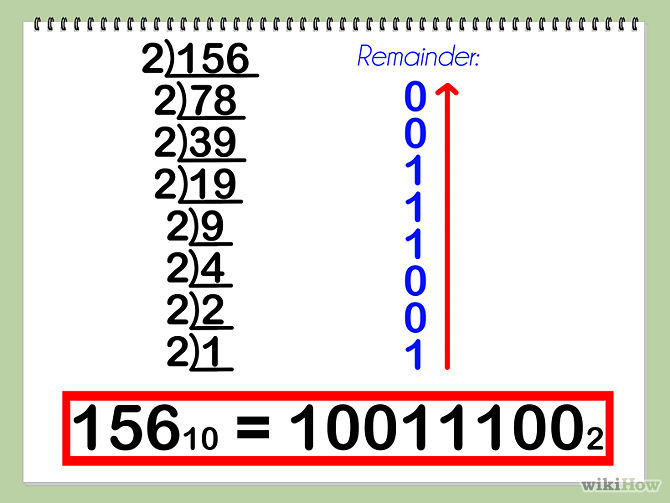BASIC TYPE OF NUMBER SYSTEM
A number system is a basic symbol to represent a set of quantities . There are many types of number system . Here we only focus on the decimal , hexadecimal , and binary number .
DECIMAL BINARY HEXADECIMAL
0 0000 0
1 0001 1
2 0010 2
3 0011 3
4 0100 4
5 0101 5
6 0110 6
7 0111 7
8 1000 8
9 1001 9
10 1010 A
11 1011 B
12 1100 C
13 1101 D
14 1110 E
15 1111 F
C0NVERT DECIMAL TO BINARY

CONVERT DECIMAL TO HEXADECIMAL

CONVERT BINARY TO DECIMAL

CONVERT BINARY TO HEXADECIMAL

CONVERT HEXADECIMAL TO DECIMAL

CONVERT HEXADECIMAL TO BINARY

2 COMPLEMENT NUMBER
In microprocessor - based equipment , 2s complement method of representing numbers is commonly used . Untill now , we only assume that the number are positive . However , microprocessor must process both positive and negative number . The 2s complement representation used for sign and magnitude number can be determined .
Assume a microprocessor have 8 register bits . Figure 2-1 show the sign bits or the most significant bit (MSB) . If the MSB bit is 0 , then the number is positive (+) . Cconversely , if the MSB is 1 , then the number is negative (-) . The others remaining 7 bits are represent as the magnitude numbers . The first bit from right is a leasr significant bit (LSB).
1 =
(-)
MSB
|
LSB
|
MAGNITUDE
EXAMPLE :-
DECIMAL
|
8-BIT BINARY NUMBER
|
NOTE
|
||
SIGN
|
MAGNITUDE
|
|||
125
|
0
|
111 1101
|
CONVERT TO 7 BIT BINARY
|
|
000 0010
|
1st complement
|
Each 0 is changed to a1 and each 1 to a 0
|
||
000 0011
|
2nd complement
|
Add + 1 to the 1st complement
|
||
-125
|
1
|
000 0011
|
7-bit 2nd complement
|
Magnitude number
|
No comments:
Post a Comment